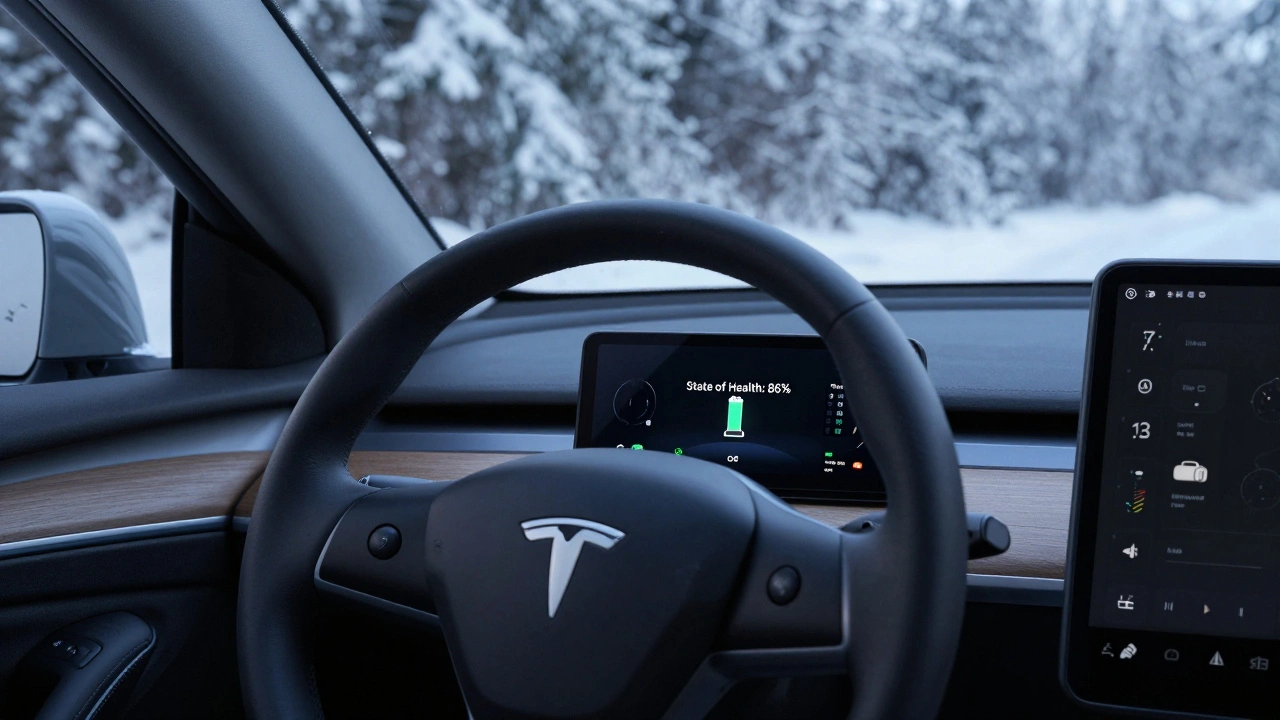Electric Cars: Your Straightforward Guide to the Future of Driving
Wondering how electric cars are changing the game? You’re not alone. More drivers are ditching gas and plugging in their vehicles every month. But with all the buzz, it’s easy to get lost in the details. Here’s what actually matters if you’re thinking about going electric or just want to stay up to speed.
First, electric cars don’t have engines like traditional cars—they run on batteries and electric motors. That means fewer moving parts. Goodbye oil changes, spark plugs, and exhaust issues. Instead, battery health becomes your main concern. Charging is as easy as using your phone, with options from slow overnight charging at home to quick top-ups at public stations. Range anxiety? Most newer EVs cover over 200 miles per charge—enough for normal commutes and errands.
When it comes to saving money, the numbers don’t lie. Fewer parts equal fewer repairs and less maintenance. No fuel bills either—charging an EV typically costs less than filling up a tank, especially if you charge off-peak when rates are low. Even your brakes last longer since regenerative braking does most of the stopping.
Thinking about the environment? That’s a solid reason to like EVs. They produce zero tailpipe emissions, which means cleaner air, especially in cities. Car makers are shifting toward eco-friendly auto parts too—think recycled interiors, lightweight materials, and green manufacturing processes. Every little change adds up, helping shrink your carbon footprint.
Worried about replacing parts or getting repairs? You’re in better shape than you think. While mechanics used to shy away from EVs, more shops now handle electric car service. Replacement parts like tires, lights, and wipers are no different than gas cars. For battery issues, most new EVs come with a hefty warranty, sometimes covering eight years or more—but battery tech has gotten to the point where serious problems are rare.
The market for electric cars is only getting bigger, and technology is evolving fast. Features like smartphone controls, over-the-air updates, and built-in driver aids are now common. Car parts are getting smarter too—think high-efficiency tires for better range, or advanced cooling systems for battery life.
So, why all the hype? Electric cars are just easier to own. Lower running costs, less maintenance, and a cleaner ride—plus, there’s a tech-savvy cool factor that’s hard to beat. Whether you’re shopping for a new ride or just curious about modern automotive trends, understanding how electric vehicles work puts you ahead of the curve.
Ready to check out more about electric cars? Stay tuned for updates on green tech, easy maintenance ideas, and the parts that make modern driving simple and sustainable.

Electric Automobiles: Driving into the Future
Electric automobiles are reshaping the transportation landscape, offering a more sustainable and efficient alternative to traditional fuel-powered vehicles. As technology advances, electric cars are becoming more accessible to the average consumer, providing benefits such as reduced emissions, lower maintenance costs, and financial incentives. Exploring these aspects can uncover how electric vehicles fit into a future dominated by environmental consciousness and innovation. Practical considerations, like charging infrastructure and range capabilities, play a crucial role in their adoption. By understanding these dynamics, we can appreciate the shift towards greener transportation.




